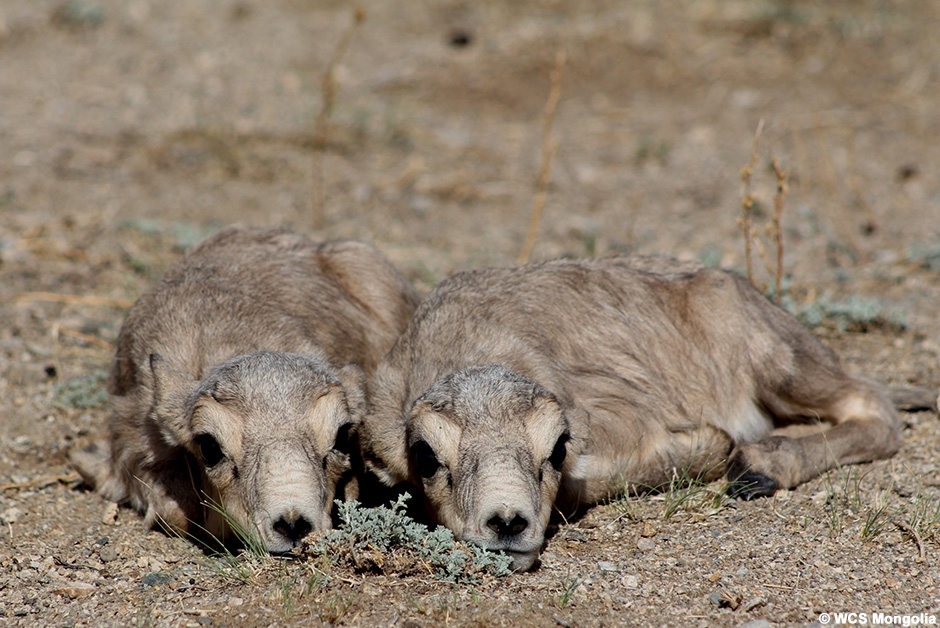peste des petits ruminants virus (PPRV) can infect a range of wild ungulate species, as well as livestock, which has significant implications for the PPR Global Eradication Programme (GEP) and for the conservation of susceptible endangered and threatened wildlife species. Therefore, wildlife must be considered and integrated within the next phase of the PPR GEP and within Regional and National Strategic Plans, in line with an epizone approach.
To support this, national authorities must have structures in place for communication and coordination between wildlife and livestock sectors and the capacity to detect, investigate and respond to suspected PPR events in wildlife. Therefore, the FAO/OIE Global PPR Secretariat, in partnership with the FAO and OIE Regional Offices for Asia and the Pacific and the Wildlife Group of the PPR Global Research and Expertise Network, organised a Virtual Training Workshop on PPR Outbreak Investigation in Wildlife, with the aim to help countries develop this capacity.
This training, organised in the framework of the PPR Global Eradication Programme and under the umbrella of the Global Framework for the progressive control of Transboundary Animal Diseases (GF-TADs), focused on Bhutan, Iran (the Islamic Republic of), Mongolia, and Nepal.
The aims of this Virtual Training Workshop on PPR Outbreak Investigation in Wildlife were:
To assist countries to develop the capacity to detect, investigate and respond to suspected outbreaks of PPR, as well as other diseases, in wildlife, with a focus on practical and operational guidance for outbreak investigations.
To share experiences between countries and participants of (i) surveillance and outbreak investigation in PPR-susceptible wildlife, and (ii) communication and coordination between wildlife and livestock sectors.
Summary of the history of PPR in Asian wildlife, the epidemiology of the disease in wildlife and possible role of wildlife
Richard Kock, Royal Veterinary College, UK
Update from Bhutan on recent PPR events in wildlife
Kinley Choden, Ministry of Agriculture and Forests
Update from Nepal on recent PPR events in wildlife
Bijaya Kumar Shrestha, Chitwan National Park
Update from Iran on recent PPR events in wildlife
Amir Javadi, IVO
Guidelines for Prevention and Control of PPR in Wildlife
Jonathan Sleeman, USGS National Wildlife Health Center
PPR notification in wildlife and PPR situation in wildlife in Asia and globally
Paolo Tizzani, OIE – World Animal Health Information and Analysis Department
Global and Regional/National Architecture of Wildlife health (research and intervention)
Richard Kock, Royal Veterinary College, UK
Principles and Practice of Wildlife Disease Outbreak Investigations
Jonathan Sleeman, USGS National Wildlife Health Center
One Health Approach to Disease Management (interagency coordination & governance)
Jonathan Sleeman, USGS National Wildlife Health Center
Laboratory Diagnostics
William G. Dundon, FAO/IAEA Joint Center
Field Experiences of outbreak investigations of PPR in wildlife in Mongolia
Enkhtuvshin Shiilegdamba, WCS
Field Experiences of outbreak investigations of PPR in wildlife in Iran
Mahmoud Marashi, Department of Environment (Iran) & Sasan Fereidouni, University of Vienna (Austria)
Risk analysis for wildlife disease events/ FAO’s Emergency Management Centre-Animal Health
Ludovic Plee, FAO
SMART & tools to support wildlife disease surveillance networks
Diego Montecino-Latorre, WCS
Field Experience of using SMART to investigate wildlife disease events
Kinley Choden, Ministry of Agriculture and Forests
